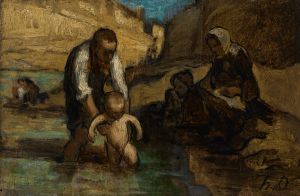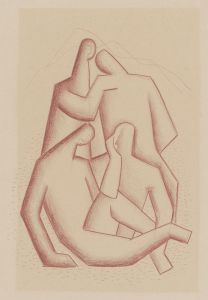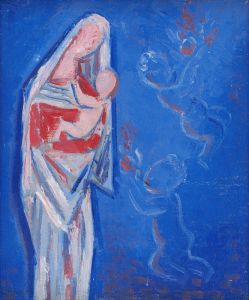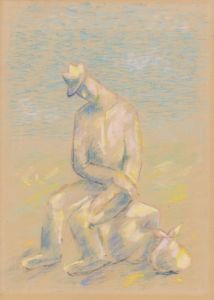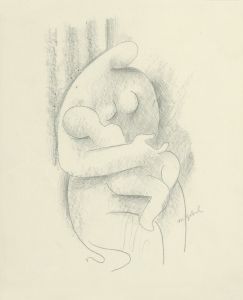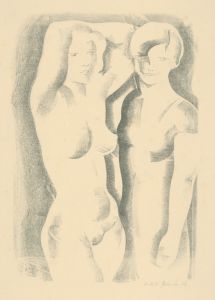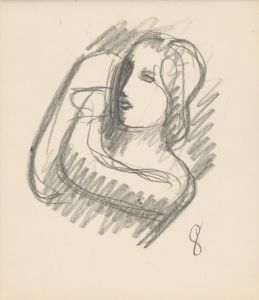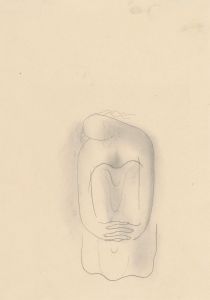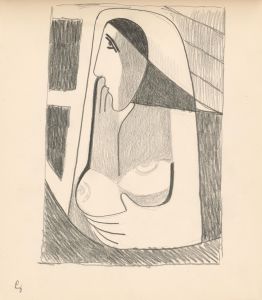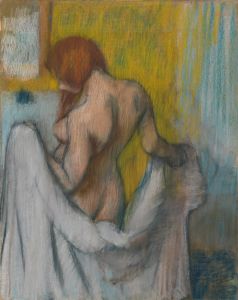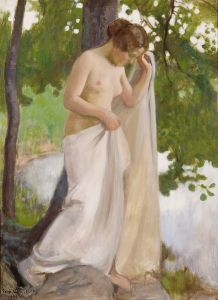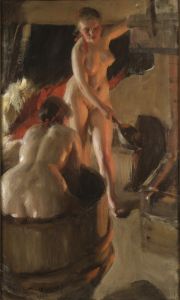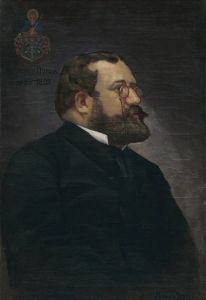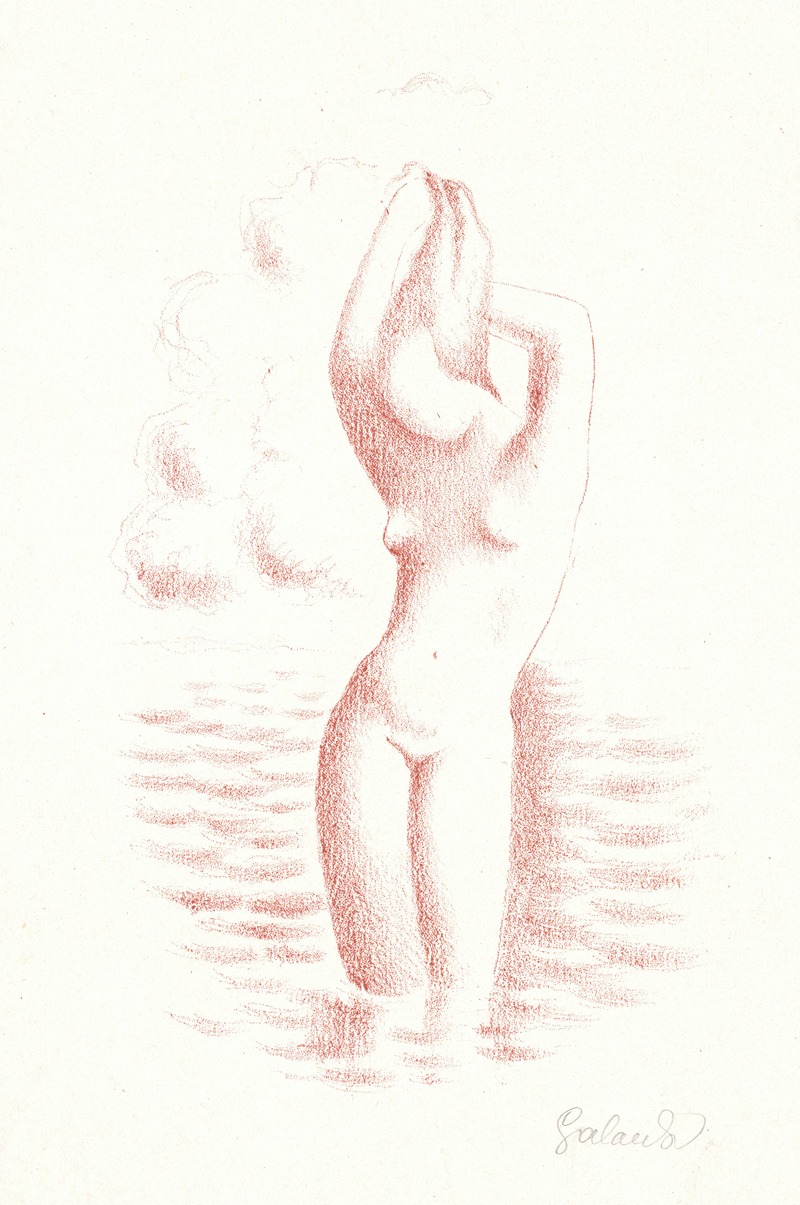
Kúpanie
A hand-painted replica of Mikuláš Galanda’s masterpiece Kúpanie, meticulously crafted by professional artists to capture the true essence of the original. Each piece is created with museum-quality canvas and rare mineral pigments, carefully painted by experienced artists with delicate brushstrokes and rich, layered colors to perfectly recreate the texture of the original artwork. Unlike machine-printed reproductions, this hand-painted version brings the painting to life, infused with the artist’s emotions and skill in every stroke. Whether for personal collection or home decoration, it instantly elevates the artistic atmosphere of any space.
Mikuláš Galanda was a prominent Slovak painter, graphic artist, and illustrator, known for his significant contributions to modern Slovak art in the early 20th century. Born on May 4, 1895, in Turčianske Teplice, Slovakia, Galanda became a leading figure in the development of Slovak modernism. His work is characterized by a unique synthesis of traditional Slovak themes with modernist techniques, often reflecting the socio-political changes of his time.
One of Galanda's notable works is "Kúpanie," which translates to "Bathing" in English. This painting exemplifies Galanda's style, which often incorporated elements of folk art and modernist abstraction. "Kúpanie" is celebrated for its depiction of figures in a bathing scene, rendered with a distinct sense of form and color that highlights Galanda's innovative approach to composition and his ability to convey emotion through simplicity.
Galanda's education at the Academy of Fine Arts in Budapest and later in Prague exposed him to various artistic movements, including Expressionism and Cubism, which influenced his style. His work often reflects a blend of these influences, characterized by bold colors, dynamic compositions, and a focus on the human figure. "Kúpanie" is no exception, as it showcases his ability to merge these modernist elements with themes rooted in Slovak culture and identity.
Throughout his career, Galanda was deeply involved in the Slovak art scene, contributing to various art journals and participating in exhibitions that sought to define and promote Slovak national art. He was a member of the "Generation 1909," a group of Slovak artists who played a crucial role in the development of modern art in Slovakia. This group was instrumental in moving away from traditional academic art and embracing new artistic expressions that reflected the changing times.
Galanda's work, including "Kúpanie," is often seen as a reflection of the broader cultural and political context of Slovakia in the early 20th century. During this period, Slovakia was undergoing significant changes, including the struggle for national identity and autonomy within the Austro-Hungarian Empire and later as part of Czechoslovakia. Galanda's art captures these themes, using modernist techniques to explore issues of identity, tradition, and modernity.
Despite his relatively short life—Galanda passed away on June 5, 1938—his impact on Slovak art was profound. His innovative approach and dedication to exploring Slovak themes through a modernist lens have left a lasting legacy, influencing generations of Slovak artists. Today, his works, including "Kúpanie," are celebrated for their contribution to the development of Slovak modernism and are held in high regard in Slovak art history.
In summary, "Kúpanie" by Mikuláš Galanda is a significant work that exemplifies the artist's unique style and his role in the evolution of modern Slovak art. Through his innovative use of form and color, Galanda was able to convey complex themes of identity and modernity, making his work an essential part of Slovakia's cultural heritage.





